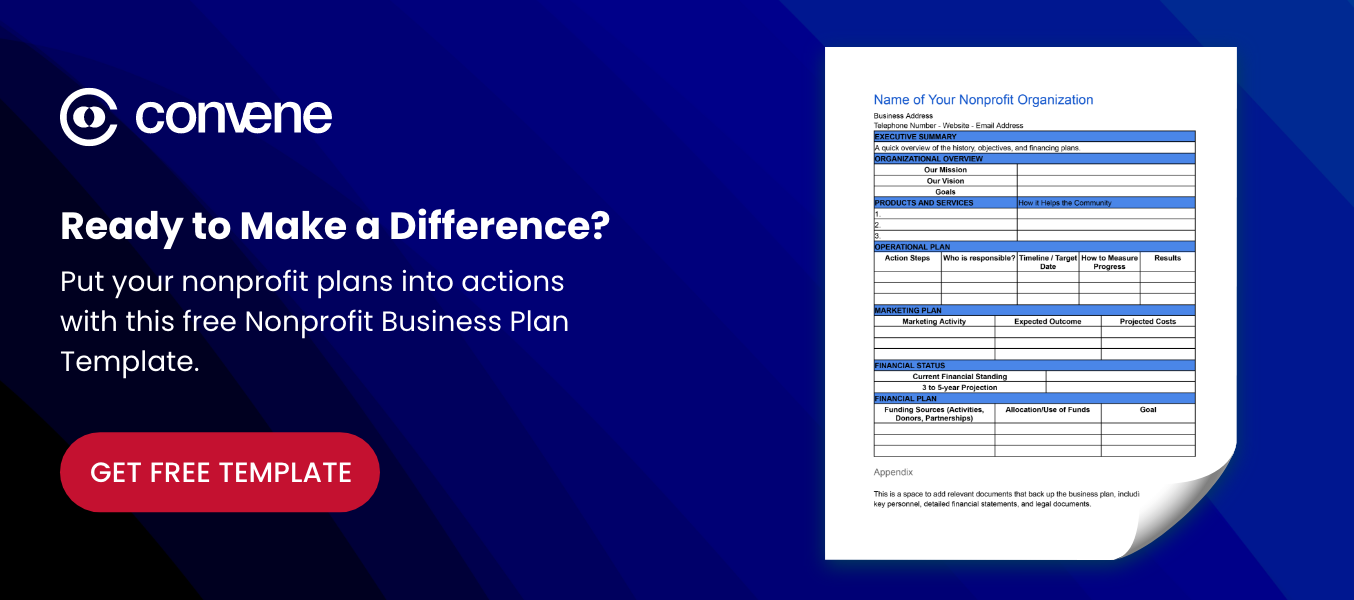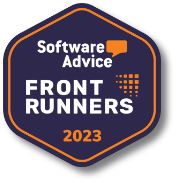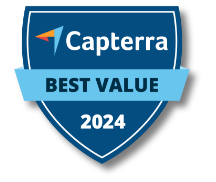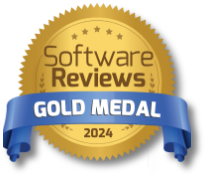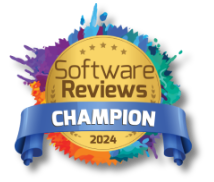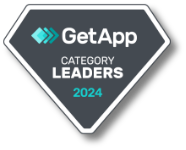Nonprofits are essential units in society, offering programs that drive positive change and enhance the quality of life in communities. The growth of this sector has become a significant force for impact in the United States, reaching 1.8 million organizations in 2024. As the demand for accessible and equitable public services rises, the nonprofit industry is positioned to become more crucial in years to come.
To sustain operations and advance their missions, nonprofits rely on fundraising initiatives — one of which is pursuing grants. These are financial or in-kind awards government agencies, foundations, corporations, or individual donors grant nonprofits to support their projects or programs. Beyond the support, grants are also valuable for helping nonprofits boost their credibility and trustworthiness among internal and external stakeholders.
Ready to secure funding? Explore in this article the different types of grants for nonprofits, how to find grants for nonprofits, and how to write effective proposals to make your organization stand out.
What are the different types of grants for nonprofits?
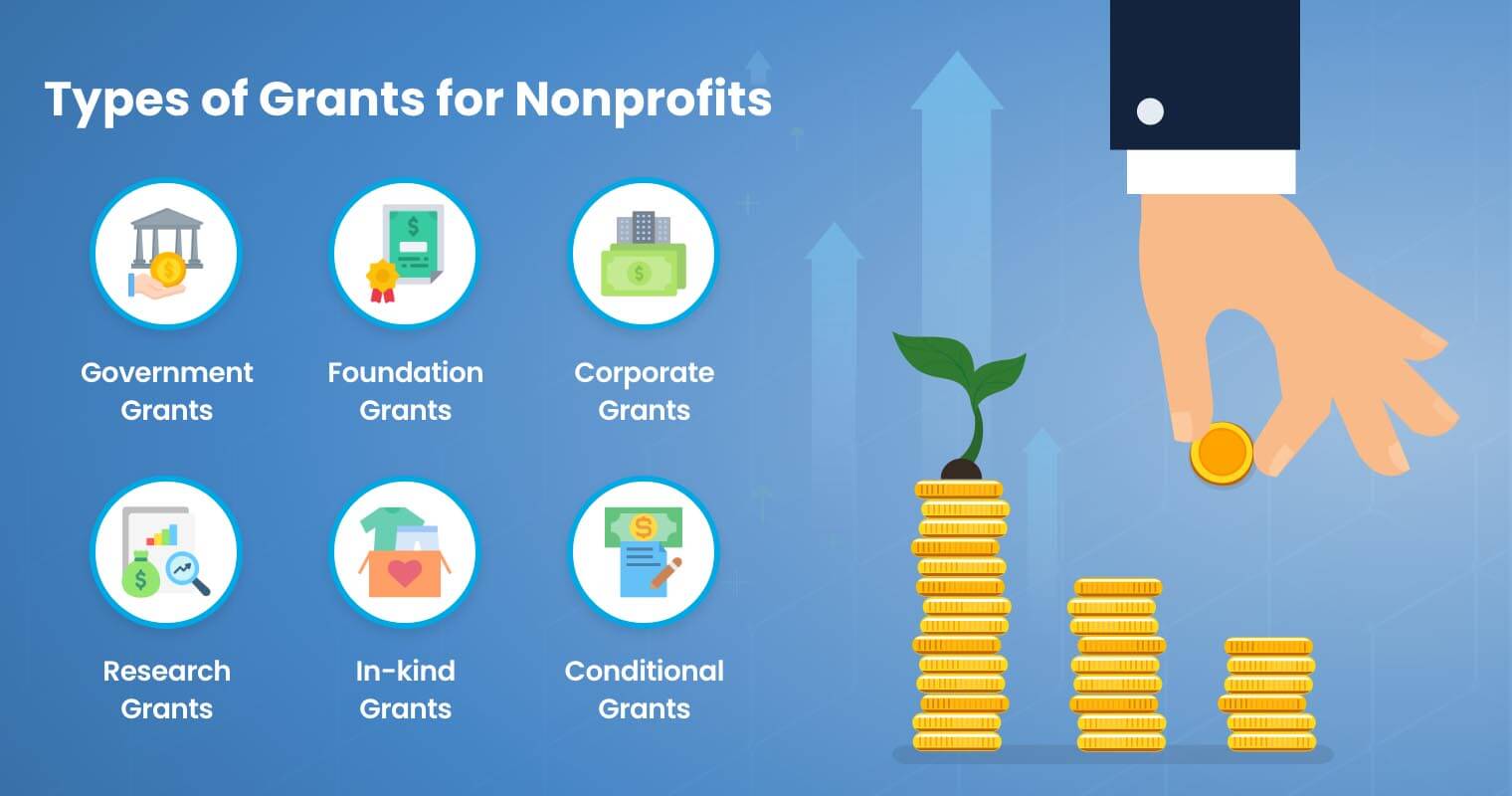
Nonprofits rely on a variety of funding sources to achieve their missions. Here are 13 different types of funding for nonprofits that decision-makers can pursue.
1. Government Grants
Local, state, or federal governments award substantial amounts to empower nonprofits to transform their bottom lines and execute large-scale projects such as disaster recovery, agricultural development, or medical research. Unlike loans, grantees don’t have to pay back but must utilize the money solely for its stated purpose.
A vital source of funding for nonprofits, the United States recorded that 68% of nonprofits received government grants in 2022. For a streamlined process, nonprofits in the United States can leverage Grants.gov, an online platform for federal grant opportunities. This enhances nonprofits’ accessibility to search and track potential funding.
2. Foundation Grants
Foundations granted over 105 billion USD to organizations in 2023, becoming the second largest source of funding grants in the United States. Awarding grants to nonprofits that align with their missions, these grants are vital in addressing social issues. They support various organizations, including those focused on education, the arts, healthcare, and the environment.
Foundation grants can be classified into the following:
- Private Foundation Grants: A prominent example in this category is the Bill & Melinda Gates Foundation. It is known to support nonprofit organizations in advancing global health initiatives and alleviating poverty. Private foundations involve smaller groups of stakeholders, enabling them to implement less restrictive guidelines. This flexibility allows nonprofits to explore more creative projects, provided that it aligns with the foundation’s long-term vision.
- Community Foundation Grants: These grants focus on supporting local areas, covering a smaller scope than private foundations. Working with these grants helps nonprofits localize impact by driving projects that deepen their relationships with specific communities. The New York Community Trust (NYCT) is a community foundation dedicated to improving the lives of New York residents.
3. Corporate Grants
As companies grow, they encounter increasing pressure to balance making a profit and creating a positive change in society. In response, big companies have started their corporate philanthropy initiatives by opening grants. Under their corporate social responsibility (CSR), they award support to nonprofits that align with their organizational values and mission, expanding their operations to local communities.
For example, Google.org drives Google’s philanthropic initiatives. It aims to support underserved communities by using technology to close gaps in education, economic opportunity, and crisis response.
Corporate grants may take various forms, including in-kind donations, discounts on goods and services, employee and partner volunteer support, sponsorships, or a percentage of purchases donated to charitable causes.
4. Research Grants
Research grants are awarded to academic or nonprofit researchers aiming to advance knowledge in the fields of medicine, social science, environment, and education. Applicants can secure these by applying through government agencies, private corporations, or academic institutions to cover costly and tedious research activities, including labs, fieldwork, and travel.
5. In-kind Grants
In-kind grants refer to nonmonetary contributions that nonprofits receive to support their projects. These can be through providing labor, donated goods, free advertising space, or professional services. For instance, a corporation can donate office equipment or professional expertise to guide a nonprofit in streamlining its daily administrative operations. More than tangible benefits, in-kind grants foster stronger partnerships between nonprofits and donors, promoting a sense of shared purpose.
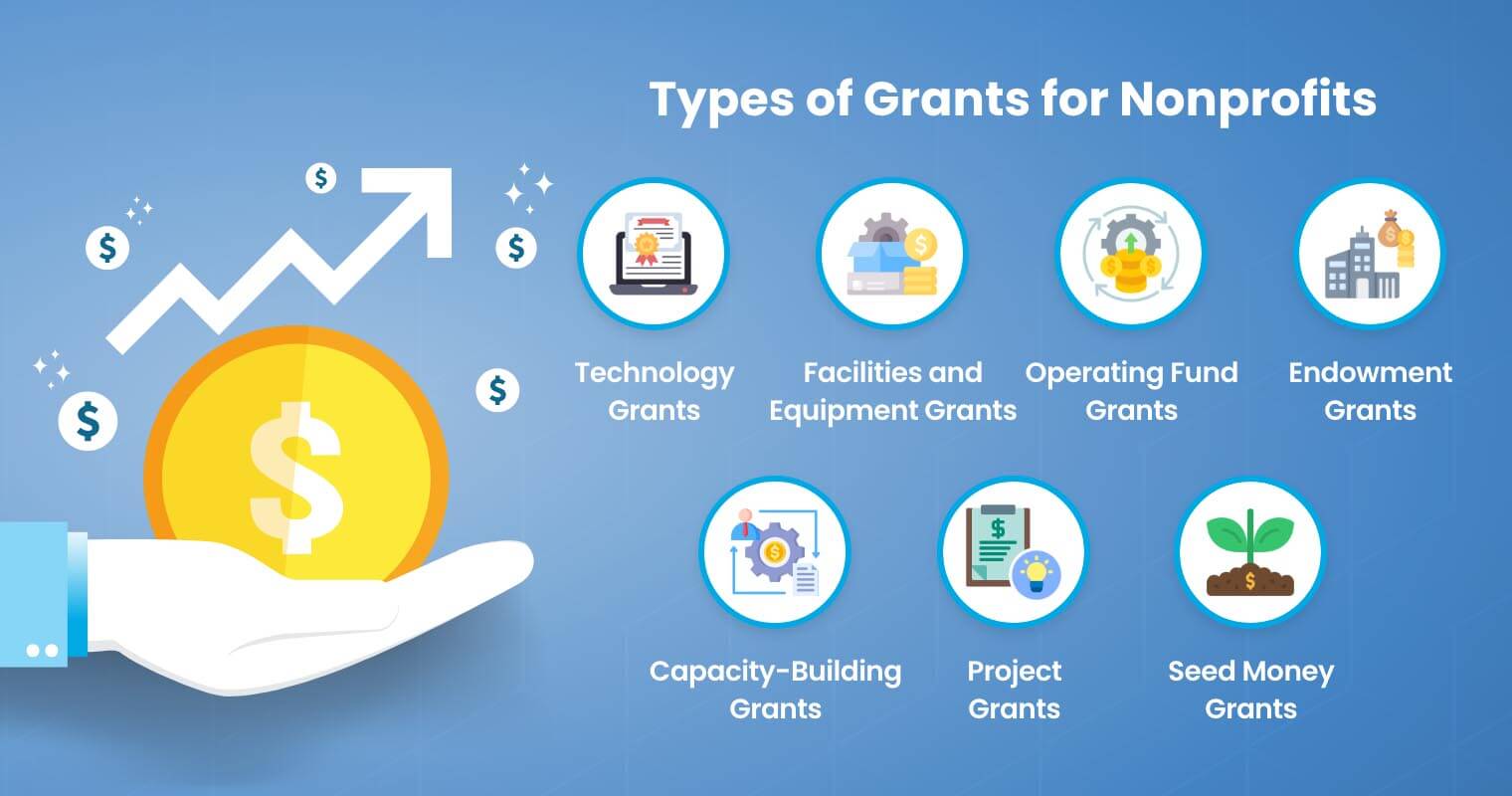
6. Conditional Grants
Conditional or categorical grants are financial assistance programs wherein nonprofits must meet specific conditions before accessing the funds. In most cases, a grantor would set the financial or substantive requirements that nonprofits comply with.
For example, a financial requirement can be that a nonprofit cover the initial capital to begin the project, with the grant to serve as supplementary funding. On the other hand, substantive requirements refer to nonfinancial conditions, such as compliance with standards, target community focus, delivering effective outcomes, and implementing a stringent monitoring system.
7. Technology Grants
Technology grants aid nonprofits in modernizing their operations by providing financial support for accessing expert services and acquiring essential software and equipment. These grants often target critical areas such as accounting, financial management, legal services, fundraising, marketing, and other key operational departments.
Cisco, a leading technology company, offers a Technology Grant Program to guide nonprofits in maximizing the use of technology. The grant aims to enhance productivity, security, and scalability by opening its cutting-edge technological solutions and services to nonprofits.
8. Facilities and Equipment Grants
Other industries refer to this as capital grants. These are substantial subsidies nonprofits can leverage to fund infrastructure investments. They benefit organizations looking to broaden their reach, enhance public services, and improve efficiency through upgraded facilities and equipment. By receiving capital funds, nonprofits can reduce dependence on loans or internal reserves, preserving financial sustainability.
9. Operating Fund Grants
Nonprofits can apply for operating fund grants through local foundations, government programs, and corporate social responsibility (CSR) initiatives. These unrestricted grants support operational and overhead expenses, helping nonprofits cover essential working capital for rentals, payroll, maintenance, and other daily expenditures.
10. Endowment Grants
An endowment is a donation of money or property gifted by an individual or group to support the mission of a church, hospital, educational institution, or cultural site. These funds are then invested in income-generating activities, establishing sustainable financial support for nonprofits.
Over time, this can be the source of funds for ongoing nonprofit projects such as scholarships, research initiatives, or the maintenance of cultural heritage sites. When managed prudently, endowment grants effectively support the long-term growth of nonprofits.
Endowment grants have four types, such as:
- Unrestricted Endowment: This type grants a nonprofit complete control over how to use the funds, who benefits, and where to allocate them.
- Term Endowment: This is a time-bound agreement typically suitable for short-term projects. Under term endowment, nonprofits must use only the generated revenue to fund a specific project.
- Quasi Endowment: A hybrid of unrestricted and restricted funds, this type requires a nonprofit to preserve the initial capital and reserve the generated revenue to support existing and future projects.
- Restricted Endowment: These funds have specific guidelines or restrictions set by the donor, such as funding scholarships, research, or building maintenance.
11. Capacity-Building Grants
Capacity-building grants support nonprofits in amplifying their impact by strengthening their internal structure, management, and governance. With this grant, nonprofits can invest in key aspects such as hiring consultants and contractors, providing relevant training, and adopting technology, allowing them to execute more effective management and governance. As a result, this enhances a nonprofit’s overall capacity to align projects with its mission and vision.
12. Project Grants
Private or public organizations award project grants to nonprofits to support specific projects such as research, community development, environmental conservation, or cultural initiatives. They typically have deadlines, requiring full commitment from grantees to accomplish the desired outcomes within the set schedule. A prominent federal agency in the United States offering a range of project grants is the National Science Foundation (NSF). It aims to support research and education in science and engineering across the country.
13. Seed Money Grants
A seed funding grant is an initial investment nonprofits receive to jumpstart a new product or service. At its infancy stage, this modest amount of money can cover the expenses start-up nonprofits usually worry about, such as rent, equipment, payroll, insurance, and research and development. Seed funds are transformative for small nonprofits, supporting them to achieve their potential impact in society.
There are many examples of grants for nonprofit organizations. It’s fully at the discretion of nonprofit leaders what they will pursue and how they will strategically align these funds with their mission and long-term goals.
Essential Elements of a Nonprofit Grant Proposal
The answer to the question “How to get funding for a nonprofit organization?” lies in the delivery of your proposal. Learn in this section the key components of an effective nonprofit grant proposal:
- Abstract or Executive Summary: Write a concise overview of the proposal and include key general information such as the organization’s purpose and past works. Hook the readers by writing an engaging and informative introduction.
- Organizational Background: Provide additional background about the organization to establish credibility with readers, such as its location, demographics, accomplishments, and history.
- Statement of the Problem: Explain what the proposed project aims to address. Incorporate statistics, testimonials, or research to help readers understand the severity of the problem, gaining insight into how it aligns with the organization’s goals and mission.
- Project Goals: Clearly define the anticipated outcomes and benefits of the proposed project. It’s important to outline specific and measurable results for grantors to gauge the project’s feasibility effectively.
- Methodology: Detail how the nonprofit plans to complete the project by explaining the activities, timeline, and workforce management strategy.
- Evaluation Plan: Discuss the plans for assessing and measuring the project’s success by identifying key performance indicators.
- Budget Justification: Disclose a breakdown of the estimated project cost by listing direct and indirect costs. Examples of direct expenses are staff salaries, materials, and rentals, while indirect expenses are administrative overhead.
Tips for Crafting Persuasive Grant Proposals
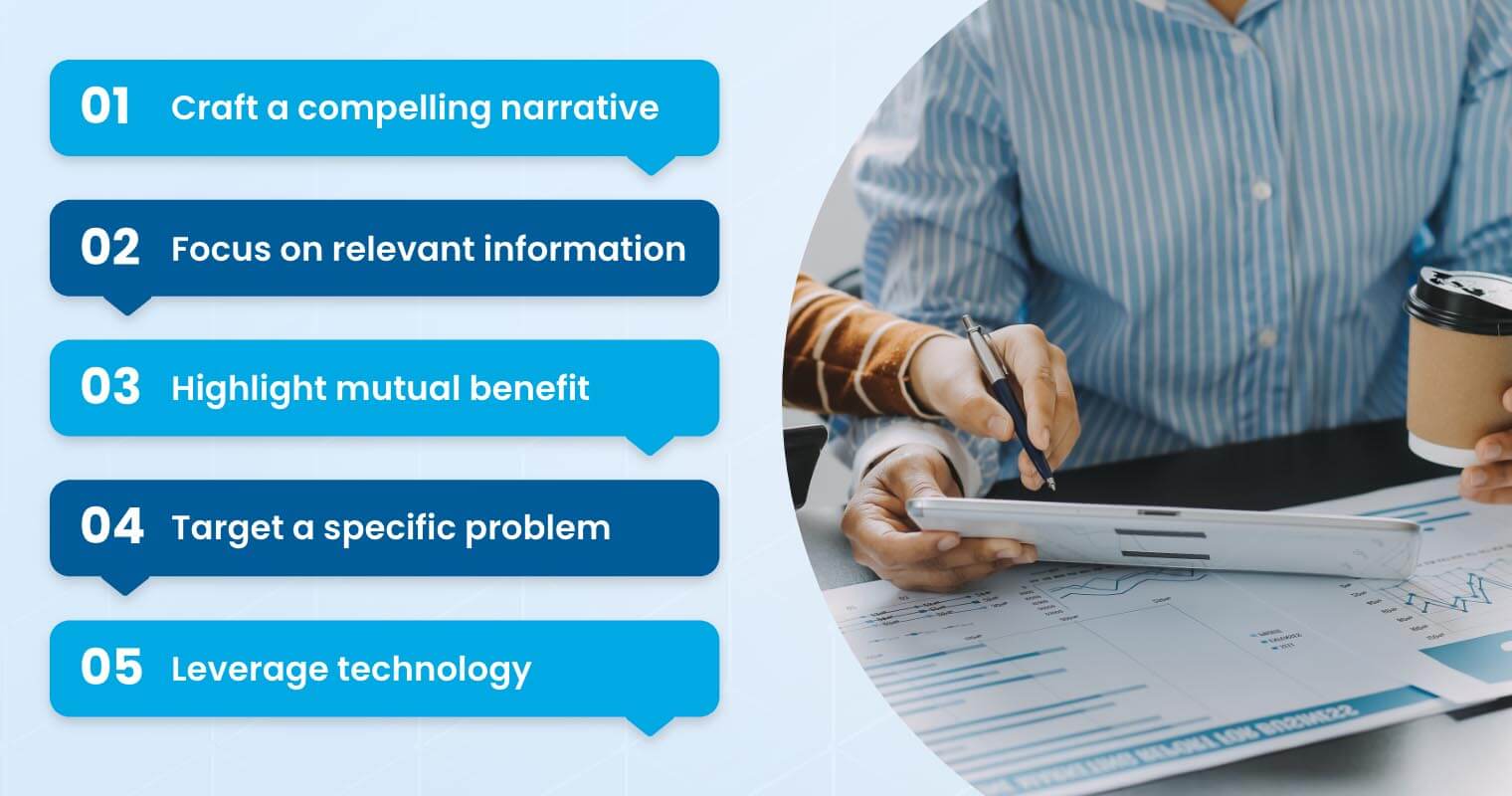
Put the outline to use and start writing a convincing grant proposal worthy of approval. Here are tips grant writers need to know before creating one.
1. Craft a compelling narrative
If you are learning how to get grants for nonprofits, the first thing you must ensure is to produce a proposal that clearly explains the project’s purpose, rationale, and desired impact. By weaving a persuasive story supported by solid evidence, data, and visuals, grantors can better understand and connect with project goals, evoking empathy and trust and increasing the chance of securing support.
2. Focus on relevant information
Tailor your proposal according to the grantor’s requirements to ensure eligibility. Focus on including only the relevant information to keep it concise, organized, and easy to read. Grantors screen numerous proposals, so the goal must be to stand out by submitting clear and direct proposals.
3. Highlight mutual benefit
Set your proposal apart from others by highlighting the specific benefits the grantor will gain from their support. Take advantage of the proposal to convince them how your project aligns with their organizational mission, vision, and/or CSR objectives. Emphasize the mutual benefits of increased visibility, enhanced social impact, and potential tax incentives.
4. Target a specific problem
Grantors are primarily interested in how nonprofits intend to utilize the fund and the project’s expected impact on society. To ensure this is well-explained in the proposal, demonstrate a strong commitment to the cause by focusing on it and avoiding introducing other topics that might mislead grantors.
5. Leverage technology
Nonprofits may pursue multiple grants simultaneously to achieve their various project goals. There are digital solutions nonprofits can explore to streamline their proposal writing process, which involves board meetings, approvals, and revisions.
Aside from the usual office tools such as Google Workspace and Microsoft Office, board portal software is also a viable tool for project management. It enables key stakeholders to collaborate on grant proposals safely, reducing the risks of unauthorized access or document loss.
Unlock Next-Level Nonprofit Governance with Convene Board Portal
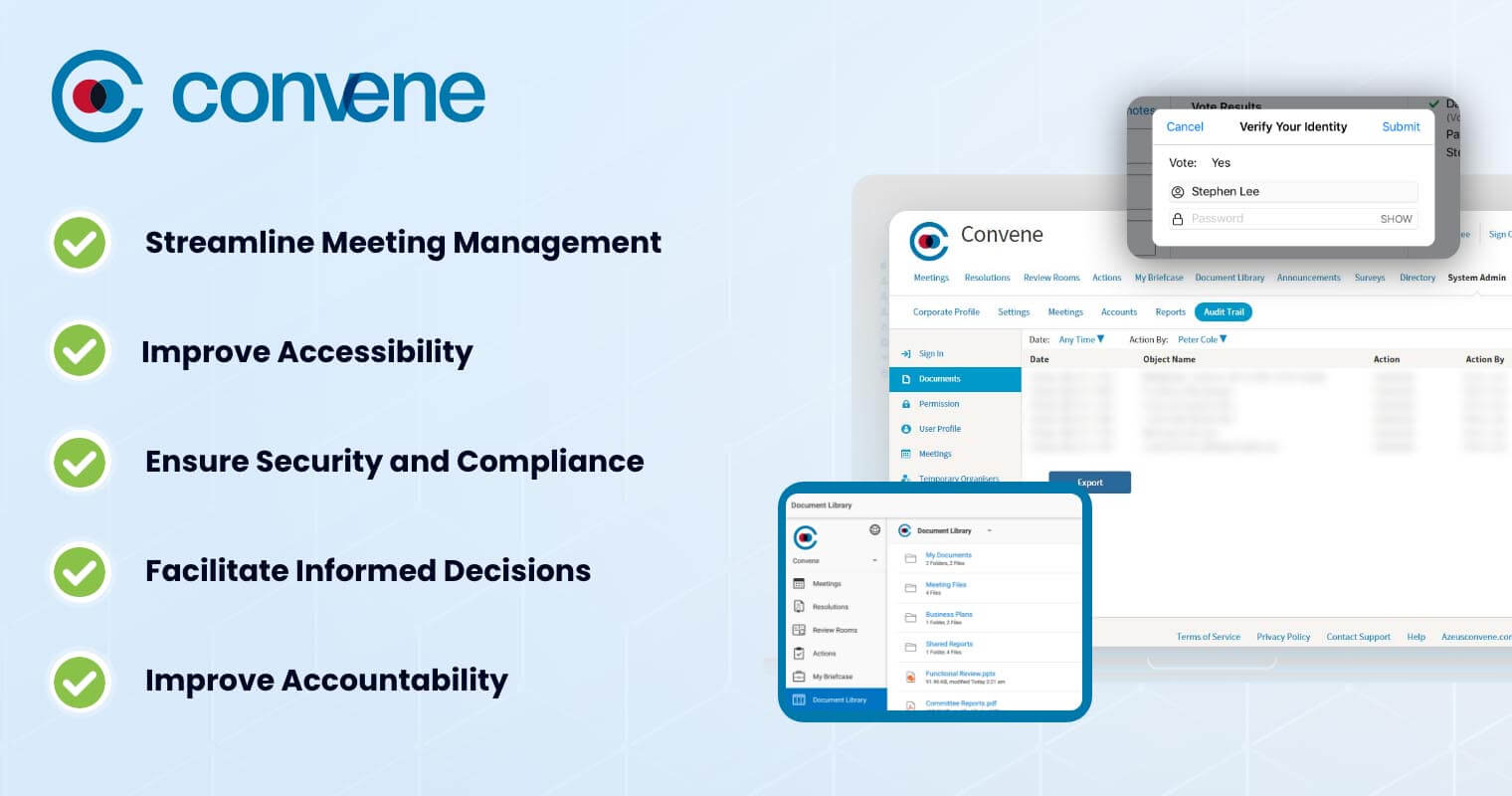
Every nonprofit must master the art of juggling management and fundraising to advance its mission at the desired rate and scope. With the lack of either aspect, a nonprofit becomes unstable, hindering its positive impact on society.
Good thing balancing the two doesn’t have to be a burden for nonprofit leaders! With the advent of technological solutions, nonprofits are empowered more than ever to unlock next-level governance with tools like board portal software.
Introducing Convene, a leading board management solution trusted by nonprofits globally. Enabling organizations to implement modern governance, it redefines board collaboration, allowing for better decision-making. With crucial endeavors such as grant applications and project development, Convene’s features can help leaders:
- Streamline Meeting Management: Convene simplify agenda creation, document sharing, and report management with smart and automated meeting workflow tools.
- Improve Accessibility: The digital environment centralizes all board operations, enabling decision-makers to collaborate anytime and anywhere, without calling for in-person meetings.
- Ensure Security and Compliance: Convene is built to safety sensitive information with enterprise-grade security measures. This relieves the worry about potential cybersecurity threats and unauthorized access.
- Facilitate Informed Decisions: Empower decision-makers to make informed decisions with instance access to past meeting minutes, performance dashboards, and critical documents.
- Improve Accountability: Leverage features like e-signatures and task trackers to ensure action items are completed and commitments are upheld.
Elevate your nonprofit’s impact with Convene. Schedule a demo today and discover how our board portal can streamline operations, enhance collaboration, and drive meaningful change.
Jean is a Content Marketing Specialist at Convene, with over four years of experience driving brand authority and influence growth through effective B2B content strategies. Eager to deliver impactful results, Jean is a data-driven marketer who combines creativity with analytics. In her downtime, Jean relaxes by watching documentaries and mystery thrillers.


